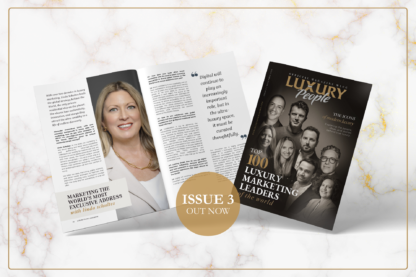Designer handbags from the early 2000s are resurfacing on runways and in fashion circles, driven by nostalgia, second-hand demand, and renewed consumer interest. From Balenciaga’s City bag to the Celine Phantom, brands are revisiting iconic silhouettes, reconnecting with past admirers while capturing a new generation of buyers.
The resurgence of early-aughts handbags reflects both cultural nostalgia and smart merchandising strategies. Key factors include:
- Nostalgia and Generational Influence: A 10-20 year gap often allows a handbag to feel fresh again. Consumers who admired these bags in their youth now have the means to purchase them.
- Strategic Brand Moves: Re-editions allow brands to reinforce their identity, capitalize on second-hand market interest, and respond to evolving consumer tastes. For example, Balenciaga’s Le City bag.
- Celebrity Endorsement and Social Media: Influencers and celebrities continue to amplify the demand. Campaigns featuring Kate Moss, Nicole Kidman, Rihanna, and Gwyneth Paltrow highlight the allure of these reissued bags, while social platforms like Instagram drive viral interest.
- Market Data: Searches for classic bags have surged dramatically: Chloé Paddington (up 339%), Balenciaga City (up 110%), Fendi Spy (up 61%), and Celine Phantom (up 360%). The RealReal and Vestiaire Collective report a significant spike in engagement with these re-editions.
- Upcoming Resurgences: Observers predict other early-2010s styles will soon return to prominence, confirming the cyclical nature of handbag trends.
The luxury handbag market demonstrates a clear pattern: what was once a “hot bag” is likely to regain prominence over time. Nostalgia, celebrity influence, and strong second-hand demand combine to create a lucrative environment for re-editions, ensuring that many iconic early-2000s handbags will remain coveted in the years ahead.
Stay up to date on the latest luxury industry news: https://worldluxurychamber.com/insights-news
SOURCES: INSTYLE





